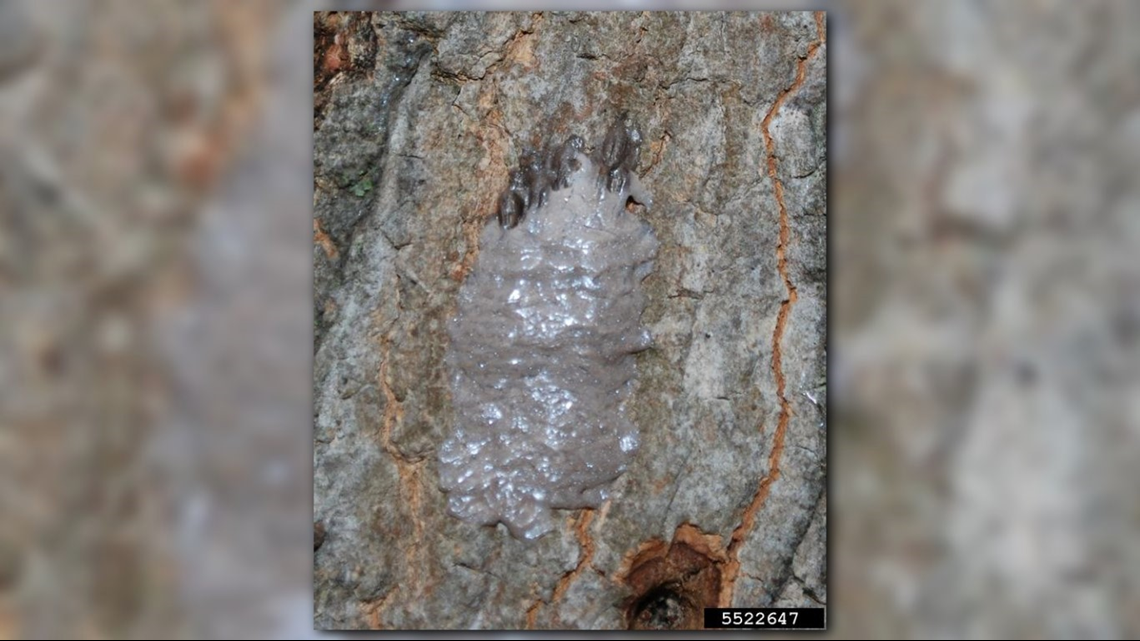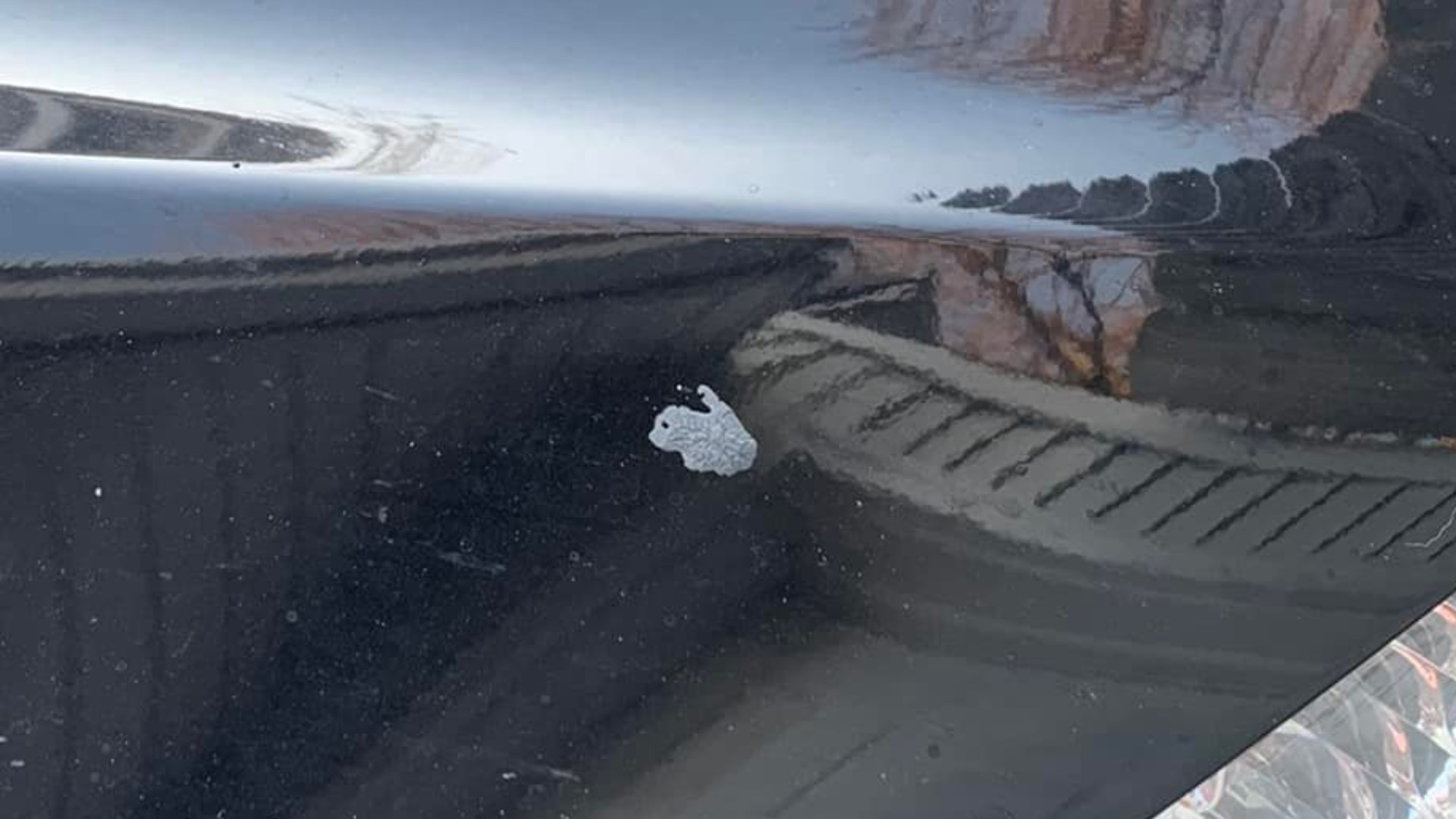PENNSYLVANIA, USA — Editors note: The attached video is from March 27.
Spotted lanternfly eggs can be extremely versatile, resilient and difficult to identify.
From September through June, identifying and destroying spotted lanternfly egg masses can play a critical role in stopping the invasion throughout Pennsylvania.
Here are the best ways to identify and eradicate them:
Finding the eggs
According to Farm and Dairy, egg masses can attach and blend into almost any surface, making them difficult to identify. A list of items spotted lantern flies will lay eggs on includes:
Outdoor items:
Backpacks, basketball backboards, bicycles, boats/boat trailers, campers, ice chests, motorcycles, motorhomes, recreational vehicles, snowmobiles, tarps and tents.
Outdoor Household Items
Barrels, cardboard or wooden boxes, outdoor poles, plant containers, firewood, propane or oil tanks, trash cans, refrigerators/freezers, storage sheds, shutters, storm/screen doors and windows, window awnings and outdoor furniture.
Building Materials
Bricks/cinder blocks, cement mixing tubs, lumber, roofing materials, tools and toolboxes, workbenches, forklifts and pipes.
Yard and Garden Items
Dog houses, rabbit sheds, chicken coops, etc., barbecue grills, carts, cold frames, fencing, garden tillers, yard decorations, garden tools, backhoes, lawnmowers, signs and posts, storage sheds, tractors and trailers and trees, shrubs and plants.
Children’s Playthings
Playhouses, kiddie pools, bicycles, scooters, sandboxes, swing sets and trampolines.
What to look for
Identifying spotted lanternfly eggs can be difficult. The masses are laid in rows and then covered with a protective covering, according to The Virginia Department of Forestry.
The covering is white and glossy in color, as pictured below:


The coating will turn gray/brown as it dries, cracks, and fades over time. Sometimes, this covering even wears off, exposing the individual eggs.
An entire egg mass is about 1.5 inches long and looks extremely similar to a clay smudge.
How to avoid imposters
There are many look-alikes to spotted lanternfly egg masses. Lichen on tree branches can have a very similar shape, size and color.
Other insects lay similar-looking egg masses on similar surfaces to the invasive species. One example includes wheel bug eggs, which are actually a natural predator of lanternfly nymphs. One easy way to tell the difference is that wheel bug egg masses do not have a covering.
Another look-alike are Lymantria dispar egg masses, also known as gypsy or spongy moths, which have a similar shape to lanternfly eggs. However, they are generally known to be more fibrous and tanner in color.
A useful guide for identifying spotted lanternfly eggs can be found here.
Stopping the spread
There are two ways to kill egg masses. Once you've properly identified the eggs, grab a tool to scrap the eggs off the surface of whatever they are attached to.
The eggs should be scraped into a container filled with rubbing alcohol or hand sanitizer. This is the most effective way to destroy the invasive species' eggs.
The other option is to simply smash them. Tools for smashing can include a stick, scraper, or even bare hands. The Virginia Department of Forestry recommends making sure firm pressure is applied to the eggs so that they burst open.

